Say Hello!
Sign In
- Health and Safety
What is altitude sickness? A quick look at AMS, HAPE and HACE.
Mighty mountains, layered clothes, a couple of friends, a few strangers, and high determination. Sounds pretty much like a sorted trek, doesn't it? It is obvious for a generation that is so influenced by movies to imagine some of their real-life experiences to be nothing less stirring than the reel life. And as a trekker, especially a first-timer, it is difficult for us Indians to not date back to some of the trekking scenes of "Yeh Jawani Hai Deewani". But if you have ever trekked to an altitude of 2500 meters or more, it is likely that you are out of this bubble. Treks indeed are therapeutic and amidst the snow-capped peaks and ice-cold breeze brushing through your face, if you listen closely, you will hear yourself murmur that it was worth it but everything comes with pros and cons. Though treks are energizing and wholesome experience of the wild beauty they are also exhausting. Excessive working out, exercising, or extreme sports activities at higher altitudes usually results in headache, vomiting, sleeplessness/insomnia and or shortness of breath, etc. These are nothing but indications of altitude sickness also known as mountain sickness, an illness that occurs at high altitudes.
Higher altitudes have comparatively lesser oxygen content and rapid exposure to such a surrounding lead to altitude sickness. It is important to remember that this is not uncommon and both males and females have equal chances of altitude sickness when rapidly exposed to high elevation. In Fact, neither sportsmen nor physically fit people are at a lower risk. This is primarily because our body takes time to adapt to new neighborhoods and hence elevating at a speed of more than 300 meters per day increases the risk of altitude sickness. Some forms of altitude sickness are very casual and common while others require serious attention. During these activities, one should always keep his/her fellow mates informed about any changes in their respective health conditions to be at a safer side. To categorize there are three stages of altitude sickness. The first stage is the mildest form of altitude sickness and is known as acute mountain sickness or AMS. The second stage is a slightly serious and is known as High-altitude pulmonary edema or HAPE. The third stage is a life-threatening and fatal and is known as High-altitude cerebral edema or HACE.
Acute mountain sickness or AMS is the most common effect caused by the decreased amounts of oxygen in the environment. It is the mildest form of altitude sickness. However, the symptoms of AMS are not specific. Although headache is the most frequently occurring, other symptoms like nausea, fatigue, and dizziness cannot be sidelined. As mentioned earlier since one's body requires time to acclimatize, it is noticed that these symptoms usually subside within 2-3 days since the body gets adapted. Trekkers are usually recommended to take certain drugs such as acetazolamide or Diamox etc as a preventive measure before beginning their trek or soon after observing the symptoms. These medicines facilitate the passage of oxygen into the body and hence reduce the symptoms caused by low oxygenation. However, they usually take 24 hours to begin their reaction. AMS occurs in 20% of the people after elevating up to 2500 meters while 40% of the people are affected after elevating up to 3000 meters. Anyhow, since it is the mildest form of altitude sickness one doesn't usually stop elevating or trekking and with the help of proper medication and rest one can afford to continue his/her journey.
High-altitude pulmonary edema or HAPE is the second and more serious form of altitude sickness. Persistent headaches and increased symptoms of acute mountain sickness result in pulmonary edema or accumulation of fluid in the lungs. When a person adapted to living at lower altitudes elevates to higher altitudes in a very short period of time, he is likely to experience HAPE. It is not very clear as to what makes one susceptible to HAPE, however, genetic factors are known to have played roles in some cases. Rate of ascendancy, exposure to the cold, altitude of the peak, the intensity of physical exertion are other accountable factors. Though it is prevalent in both genders, males are usually at a higher risk. Dry cough, fever, weakness, or reduced activity and shortness of breath even while resting can be some of the major indicators of HAPE. At the observance of at least two of these symptoms, one should descend to lower altitudes and try acquiring emergency treatment. Since it is very difficult to acquire proper emergency treatment due to the complex geographical conditions trekkers are suggested to elevate at a rate of not more than 300 meters per day as a precautionary measure to avoid such dangerous situations. Oxygen supplementation and resting are also some of the effective ways to improve symptoms.
High-altitude cerebral edema or HACE is the last and most dangerous or fatal form of altitude sickness which can even lead to coma or death in worst cases. At higher altitudes, when the body fails to acclimatize it begins to disorient and leads to cerebral edema or swelling of the brain. Lethargic symptoms like visual impairment, bowel dysfunction, bladder dysfunction, and loss of coordination, etc are common at this stage. Increased vomiting and ineffectiveness of the consumed drugs can be some helpful pointers to diagnose HACE. Immediately descending to lower altitudes to allow the body to adapt to the surrounding environment should be done in such cases. Medications of AMS and HACE are suggested. Also, it is necessary to be alert and react quickly because untreated patients are estimated to die within 48 hours of the illness. HACE being the extreme and last stage of altitude sickness is very rare and occurs only in 1% of the people. Although HACE can be diagnosed within 24 hours of trekking due to extreme elevation in a short period of time, recovery from HACE after descending and taking the prescribed medicines usually takes around 2-3 weeks.
"Prevention is better than cure", it certainly is and we swear by this phrase. As trekkers, it is necessary for us to do our homework by learning the geographical conditions of the planned destination and keeping in mind the respective precautionary measures. Excitement and determination are of course key factors that help and motivate a trekker to complete his journey but it is also important for us to not forget in the heat of the moment that everybody has a different body type and stamina, so the chances of you and your fellow trekkers to have different rates at which your respective bodies can adapt to the surrounding environment are quite possible. Hence it is suggested to take due rests and breaks as and when required to give your body sufficient time to acclimatize and not force yourself to desperately maintain the pace with others. Ultimately with proper guidance, a firm intention, and slow yet steady elevation, you are sure to reach the top to witness the startling and mesmerizing beauty of nature, and experience goosebumps like never before. Nature is the best gift given to humans and experiences its wilderness is a wise and thrilling decision. Make sure your life is more than the eat- sleep-wake cycle.

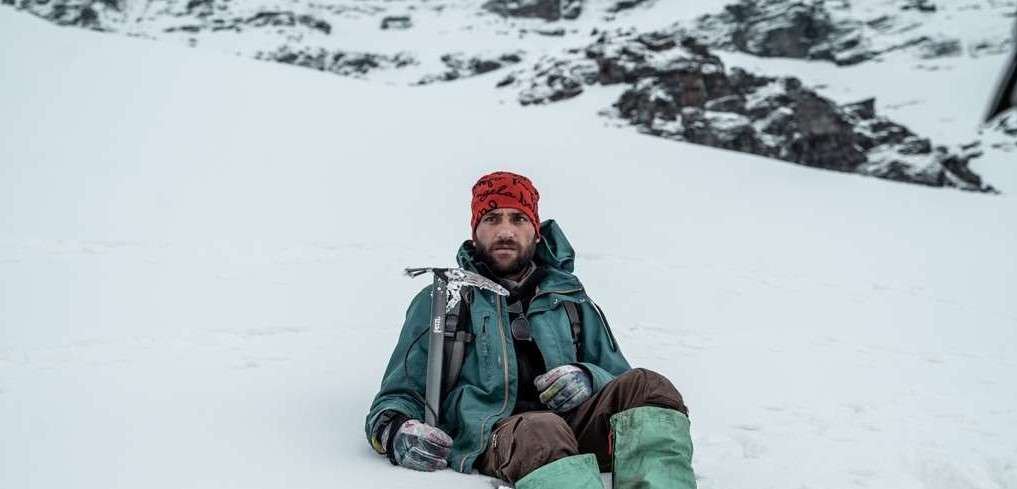
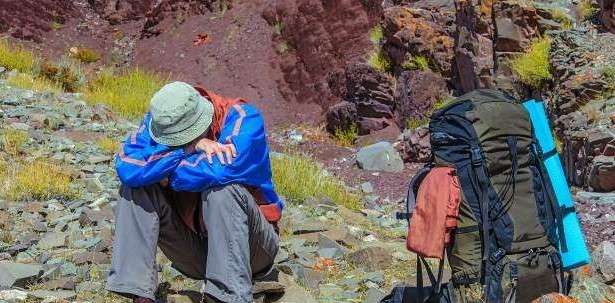
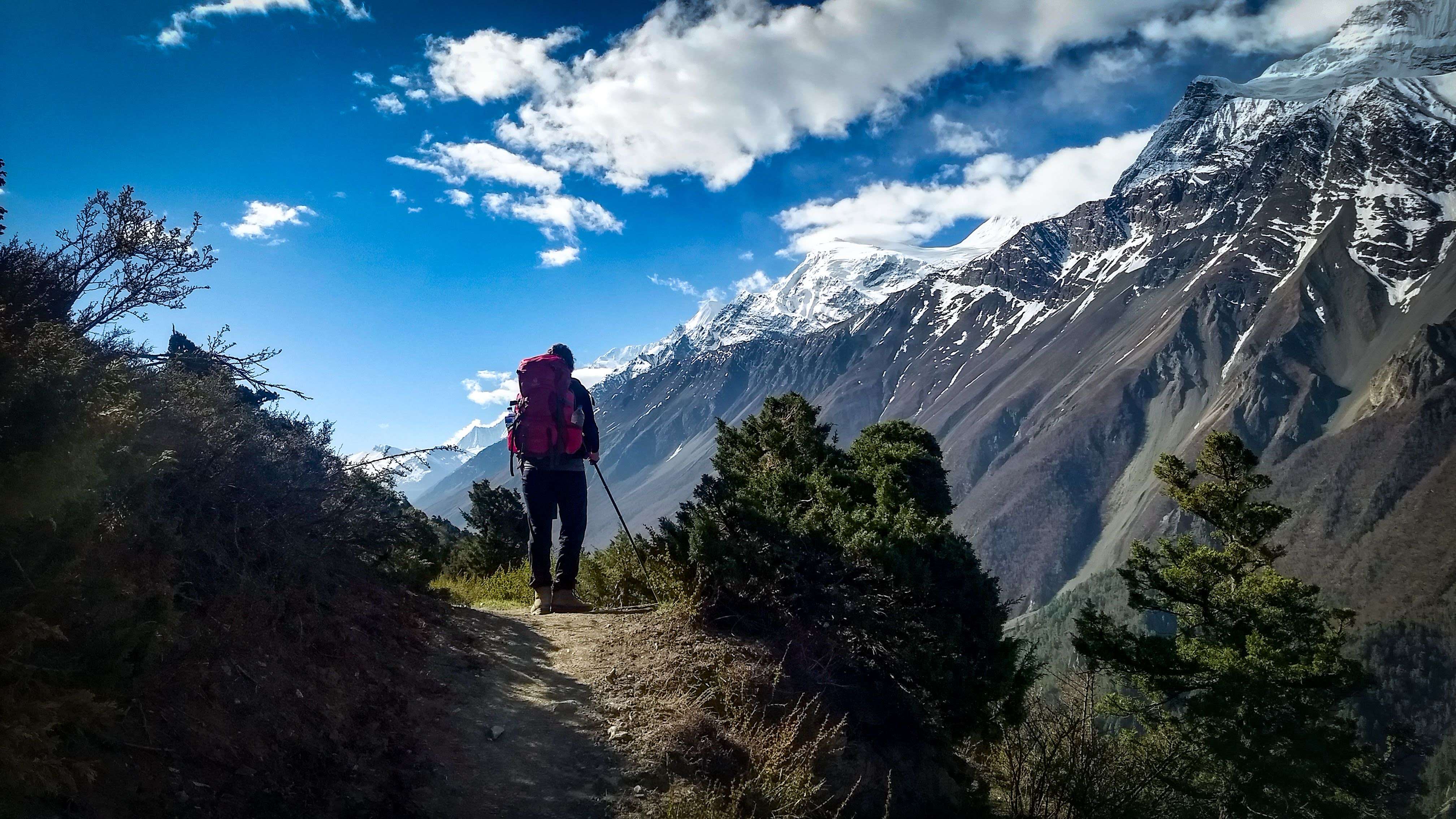
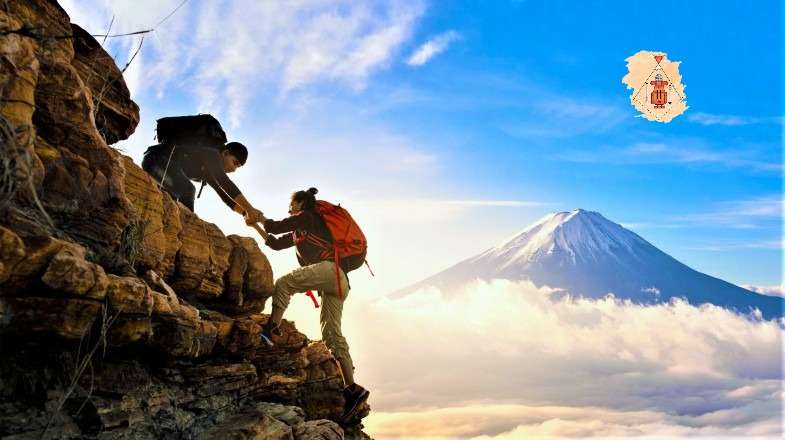
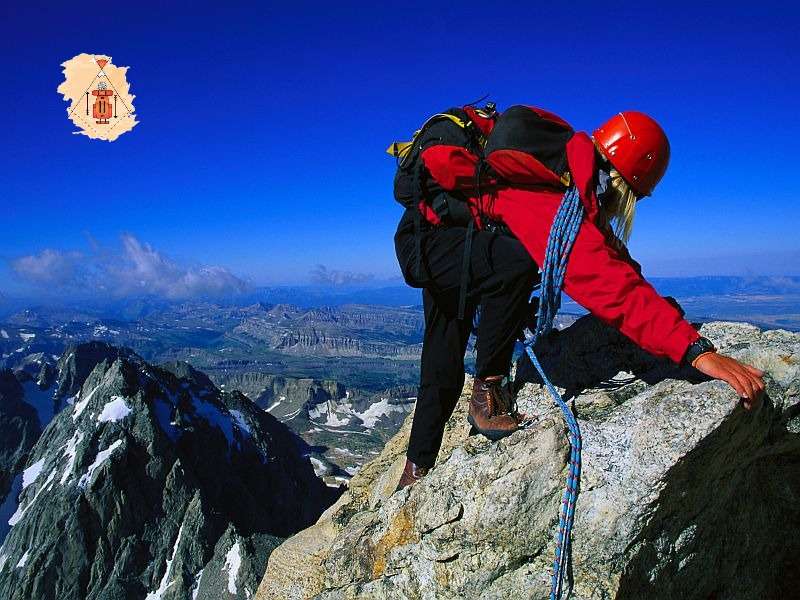
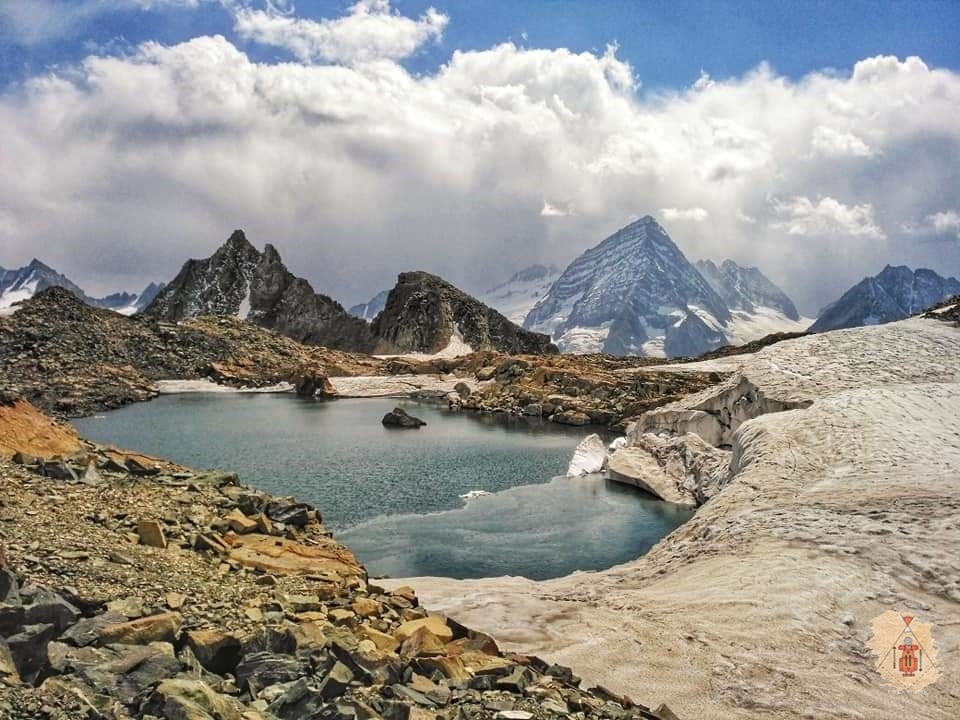
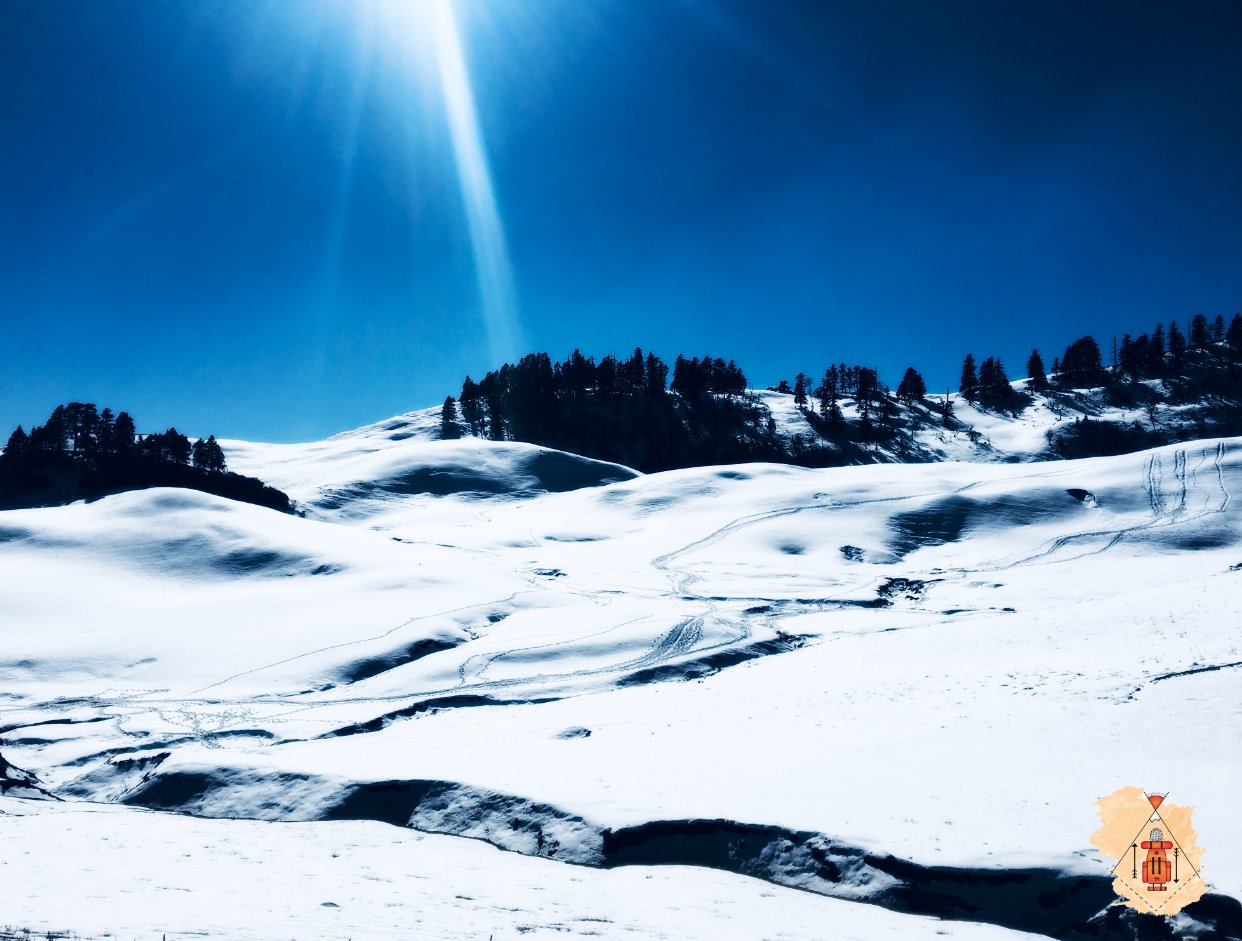
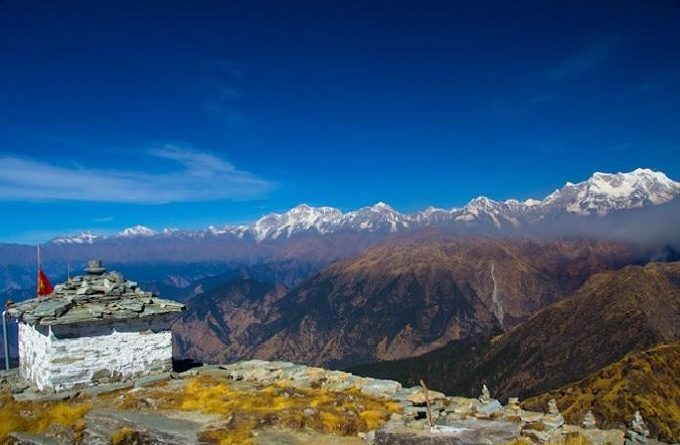
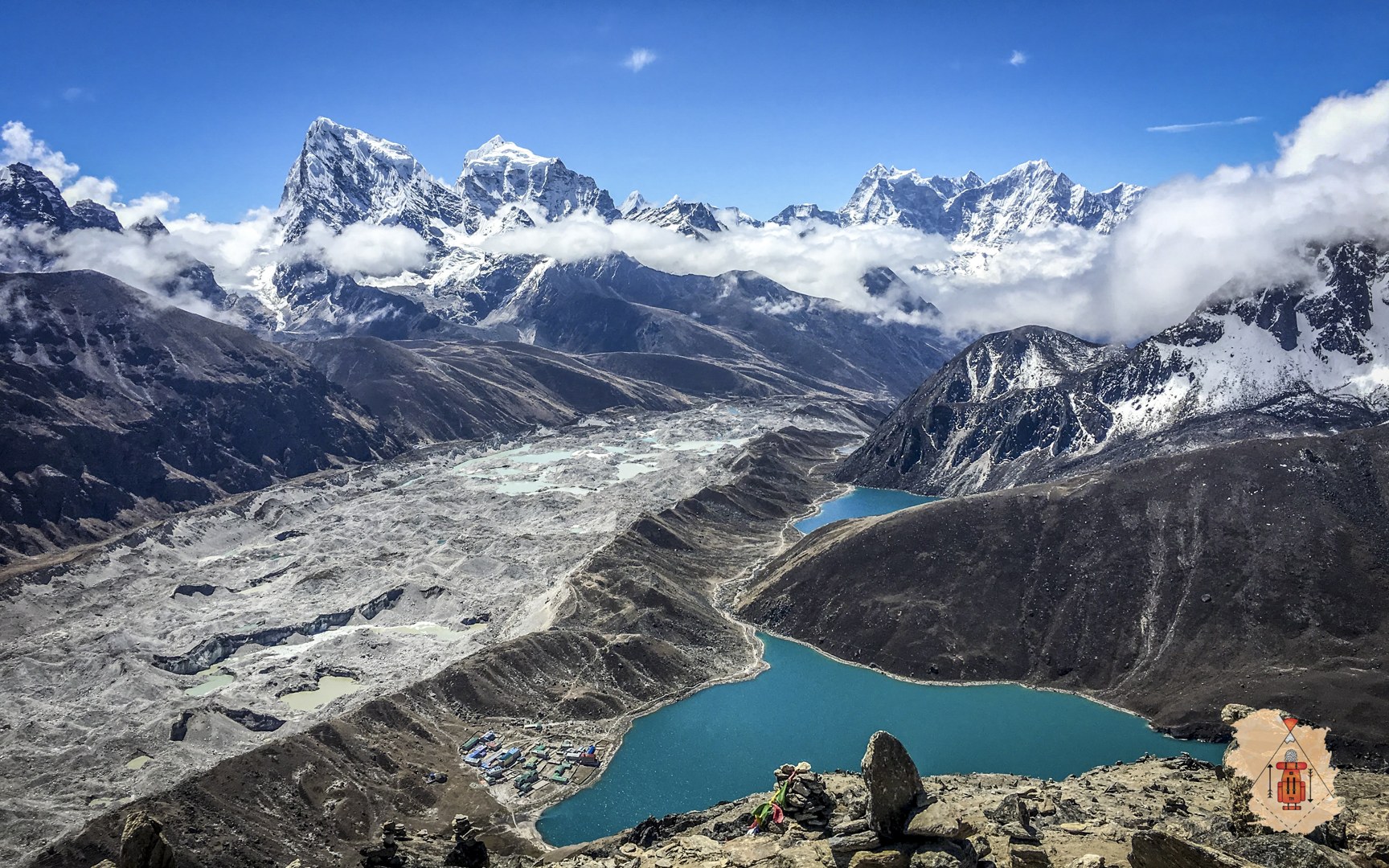
Harshit Patel : Co-Founder at Trekmunk. A certified Mountaineer, Skiier, has led more than 50 high altitude treks in the Indian Himalayas. He is an Engineer by profession but a traveler by passion. He has led treks in Kashmir, Ladakh, Uttarakhand, Himachal Pradesh, West Bengal, Sikkim and Nepal. He is a NOLS certified First Aid Responder and has covered 185,000+ km on Motorcycle. A Poet, Drone Pilot and Videographer at Insane Traveller Productions.